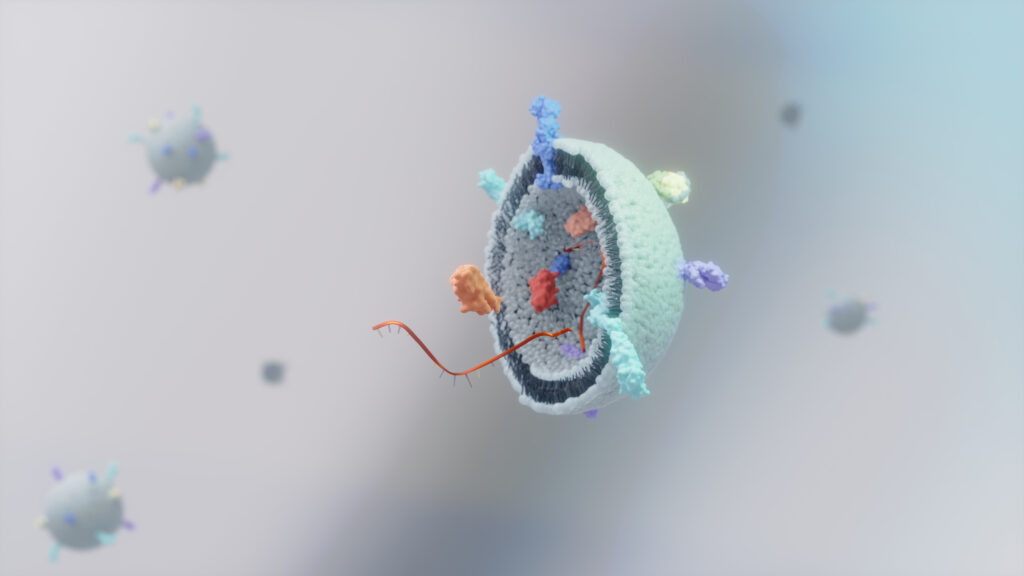In the quest for effective treatments for osteoarthritis (OA), a recent study has focused on the potential therapeutic benefits of Jintiange capsules (JTGs). Led by a team of researchers from the Shaanxi University of Chinese Medicine, this investigation aims to uncover the underlying mechanisms through which synovial mesenchymal stem cell exosomes (SMSC-Exos) and articular chondrocytes (ACs) may contribute to the efficacy of JTGs in managing OA.
The authors of the study, Chen Zhongying, Zhang Xue, Zhang Xiaofei, Zou Junbo, Yuan Puwei, and Shi Yajun, bring together their expertise in pharmacy and medicine to explore a novel approach to treating this common degenerative joint disease. Osteoarthritis affects millions of individuals worldwide, leading to pain, stiffness, and reduced mobility, making it imperative to find innovative therapies that can alleviate these symptoms and improve patients’ quality of life.
The researchers employed advanced transcriptome sequencing (RNA-seq) to analyze the molecular changes induced by JTGs in both SMSC-Exos and ACs. By examining the RNA profiles of these cells, the team aimed to identify specific genes and pathways that may be modulated during treatment, providing insight into the biological mechanisms at play. This approach not only enhances our understanding of how JTGs exert their effects but also opens the door to further research into stem cell therapies and exosome-based treatments for OA.
Preliminary findings suggest that the components of Jintiange capsules may promote the regeneration of cartilage and the reduction of inflammation, two key factors in the progression of osteoarthritis. As the study progresses, the insights gained from this research could pave the way for more effective, targeted therapies that harness the power of stem cells and their exosomes.
With the increasing interest in natural and traditional remedies for chronic conditions like osteoarthritis, this study is timely and relevant. It highlights the importance of integrating modern scientific techniques with traditional medicine to develop holistic treatment options. As the authors continue their work, the implications of their findings could not only transform the way we approach OA but also contribute to the broader field of regenerative medicine.
In conclusion, the collaborative efforts of Chen Zhongying, Zhang Xue, Zhang Xiaofei, Zou Junbo, Yuan Puwei, and Shi Yajun signify a promising direction in osteoarthritis research. By exploring the efficacy and mechanisms of Jintiange capsules, this study represents a step forward in the pursuit of innovative and effective treatments for one of the most prevalent joint disorders affecting the population today.


